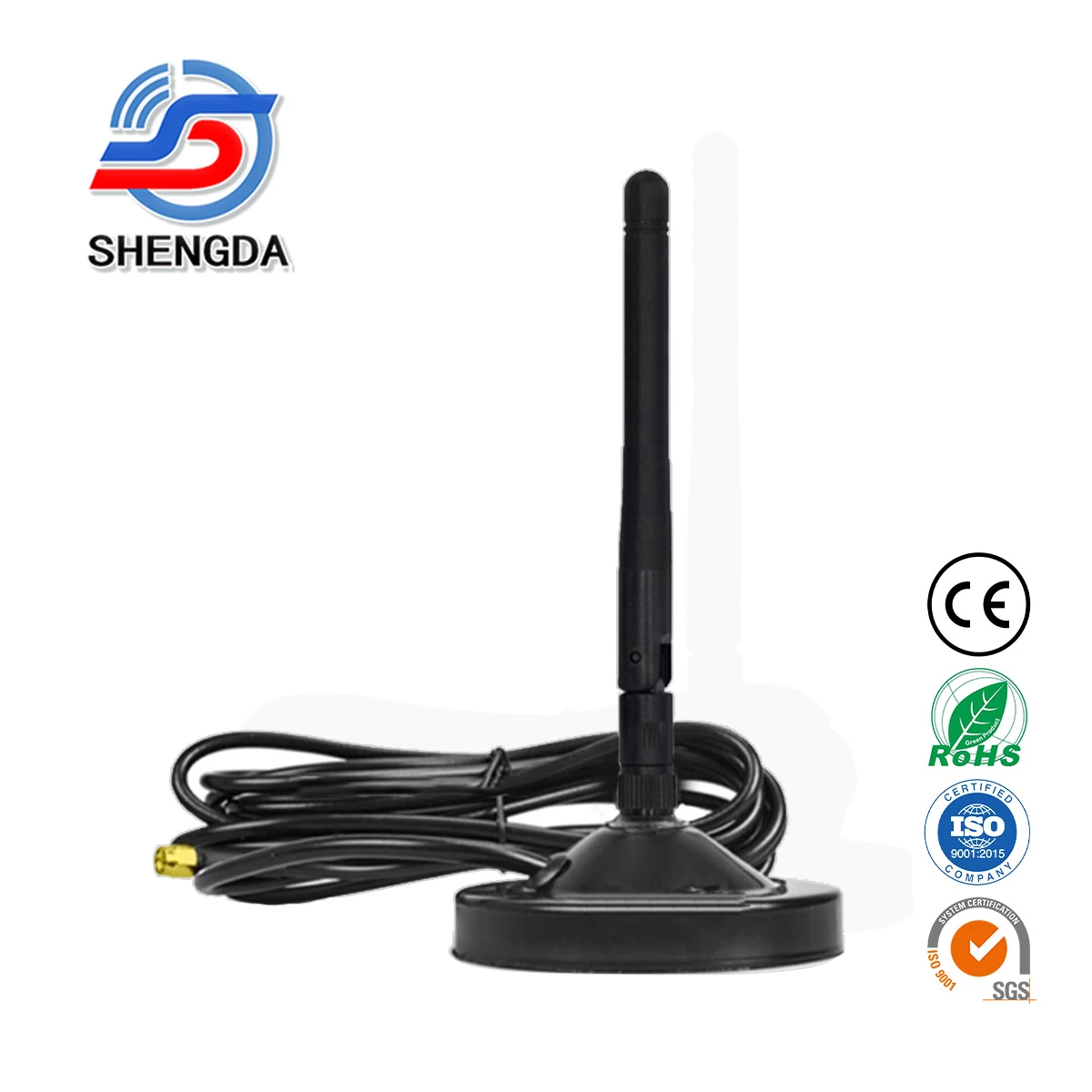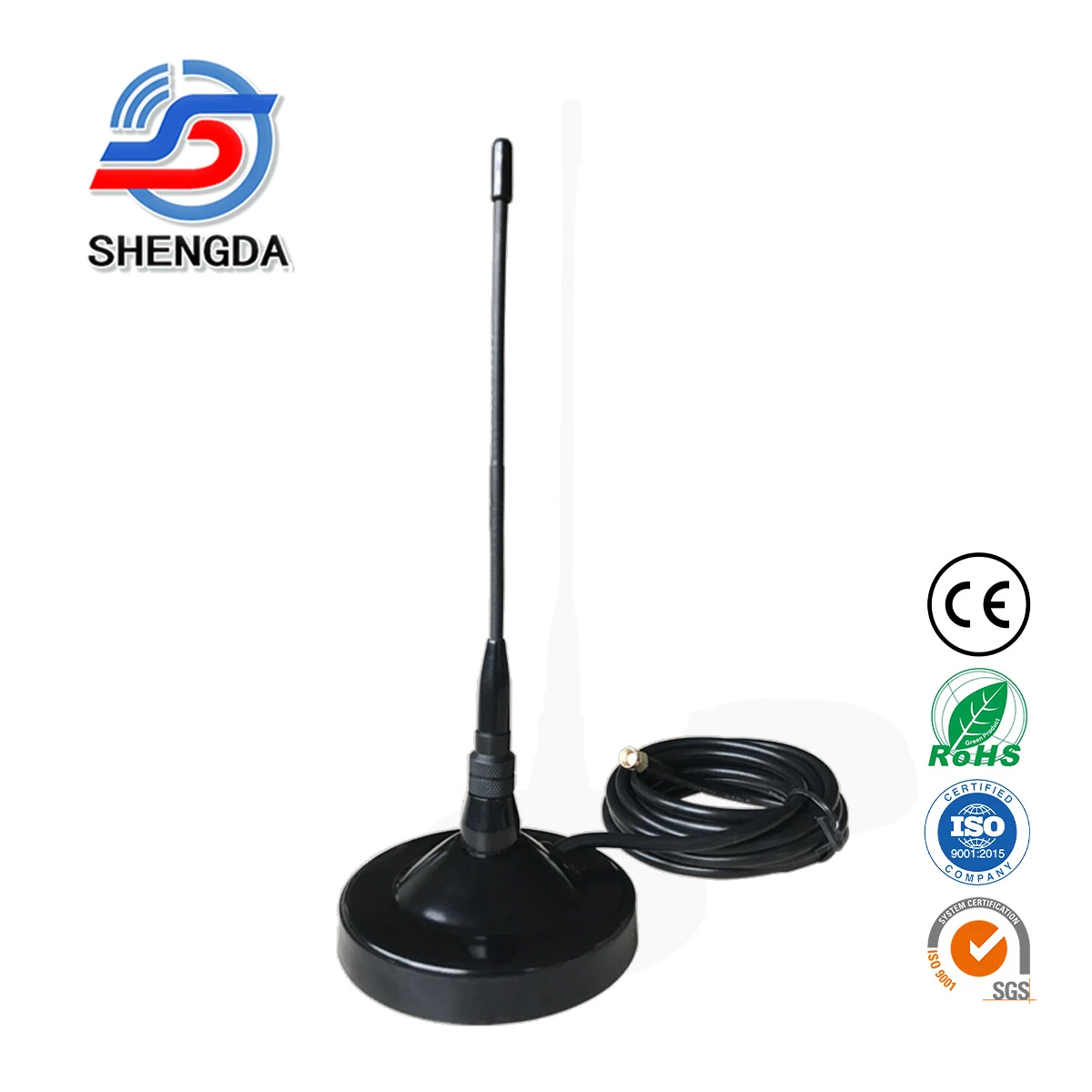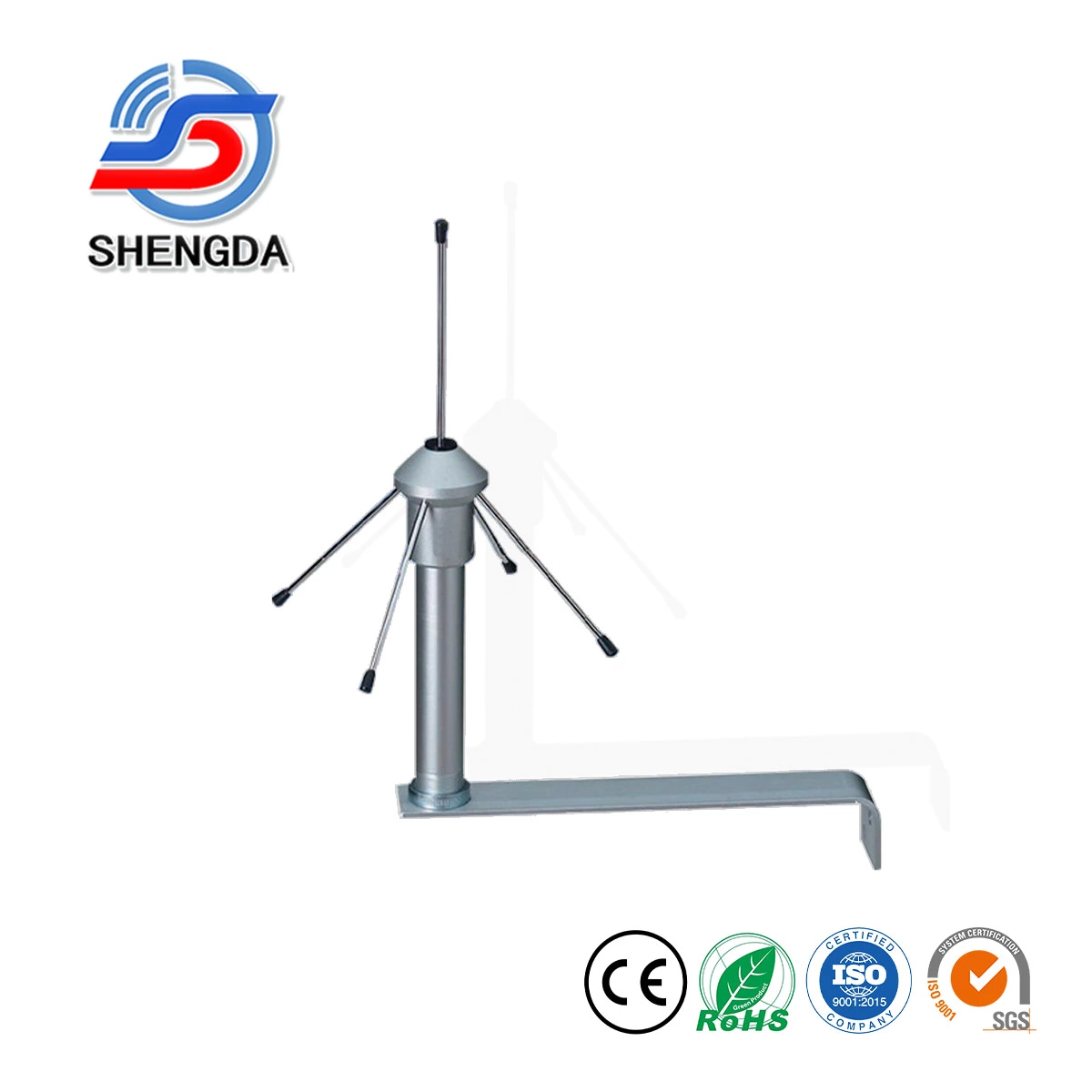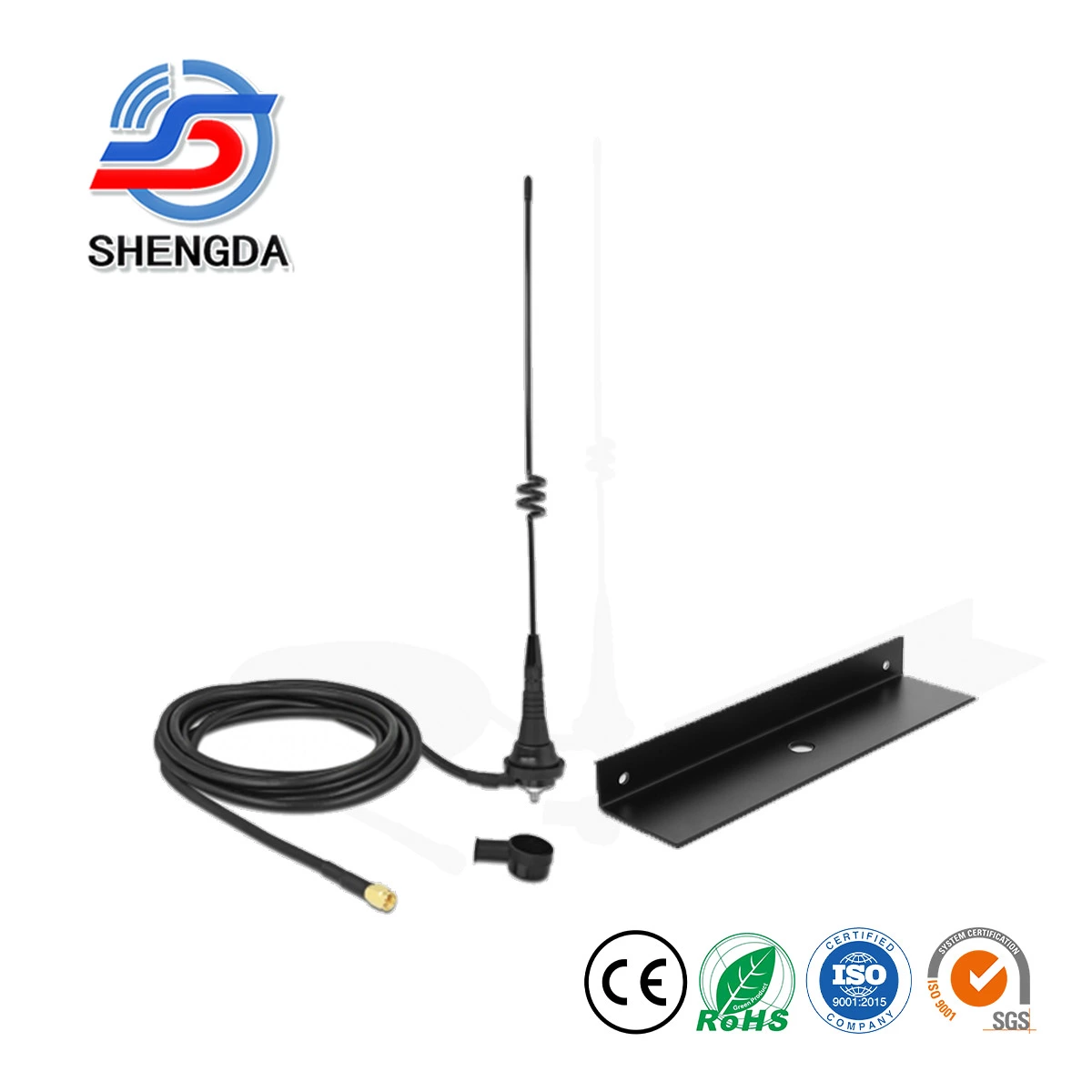The Role and Status of Antennas
In the entire radio communication system, an antenna is by no means a simple "signal transmitting and receiving component"; instead, it serves as the core "spatial interface" connecting electronic devices and spatial electromagnetic waves. It is not only a "converter" of radio frequency energy but also a "key technical hub" that determines communication quality, coverage range, and application scenarios. Without the precise conversion of energy forms and directional control of spatial radiation by the antenna, radio signals would be trapped inside the feeder and equipment, making cross-spatial information transmission impossible. From daily mobile phone calls and TV broadcasting to satellite communication in the aerospace field and radar detection in the military field, all applications relying on electromagnetic waves would lose their foundation for realization.
The Core Role of Antennas: A "Two-Way Bridge" for Energy Conversion and Spatial Transmission
The essential function of an antenna is to complete the two-way conversion between "electrical signals" and "electromagnetic waves". This process runs through the entire transmit and receive links of communication, and each link directly affects the performance upper limit of the communication system.
# 1. Transmitting End: The "Spatial Radiator" of RF Energy
The RF signal output by a radio transmitter is essentially a high-frequency alternating current transmitted in the feeder, and this current cannot propagate directly over long distances in space. At this point, the antenna, through its specific structure (such as oscillators, reflectors, and array elements), converts the high-frequency electrical energy input by the feeder into electromagnetic waves that follow the laws of the electromagnetic field, and radiates them into the target space. conversion process directly determines the energy utilization efficiency:
- If the antenna is of omnidirectional design (e.g., FM broadcasting antennas), it will radiate energy uniformly into the horizontal space to achieve wide-range coverage;
- If it is of directional design (e.g., satellite ground station antennas), it will concentrate energy into narrow beams through the superposition of electromagnetic fields, ensuring that energy is not excessively dispersed during long-distance transmission, thereby overcoming transmission losses between the atmosphere and outer space.
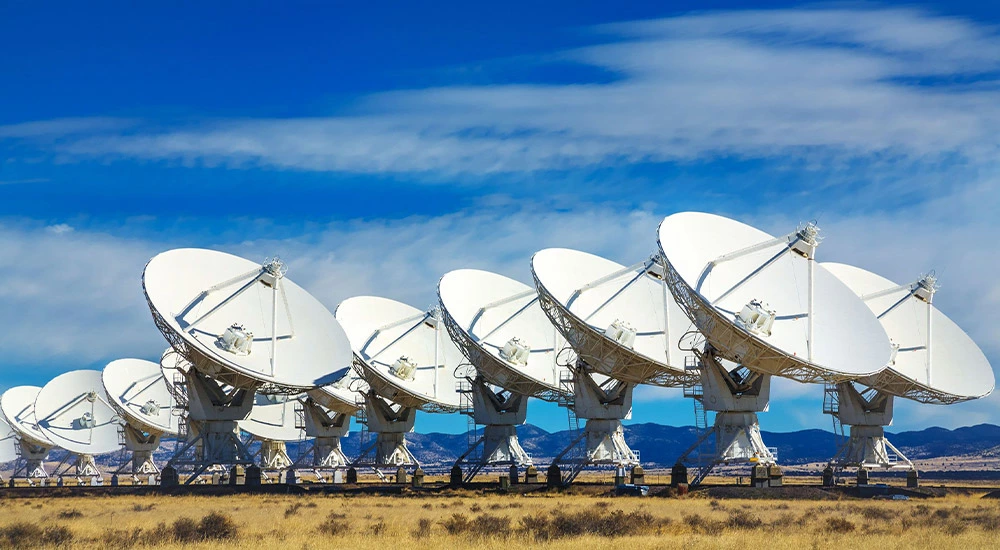
In addition, the antenna must also match the impedance of the transmitter (usually 50Ω or 75Ω) to prevent energy reflection at the connection between the feeder and the antenna, minimizing energy waste. If the impedance is mismatched, part of the RF energy will flow back to the transmitter in the reverse direction, which not only reduces radiation efficiency but may also damage the transmitting equipment.
#2. Receiving End: The "Energy Captor" of Spatial Electromagnetic Waves
When electromagnetic waves propagate through space to the receiving location, their energy density has been significantly reduced due to distance attenuation (following the "inverse square law," which states that energy density is inversely proportional to the square of distance). At this point, the receiving antenna needs to act like a "precision fishing net," capturing electromagnetic waves of the target frequency from the complex spatial electromagnetic environment, converting them into weak high-frequency currents, and then transmitting these currents to the receiver via a feeder for amplification and demodulation.
The effectiveness of this "capturing" process directly determines the signal-to-noise ratio of the received signal:
Directional receiving antennas (such as radar antennas) can focus on target signals through narrow beams while suppressing interference signals from non-target directions (e.g., other radio stations, electromagnetic noise), ensuring stable reception even in complex environments;
Omnidirectional receiving antennas (such as built-in mobile phone antennas) need to balance signal capture capability in 360° space to adapt to changes in the user’s orientation during movement, preventing signal interruption caused by directional deviations.
It is worth noting that the energy captured by the receiving antenna is only an extremely small portion of the energy radiated by the transmitting end (possibly only on the order of 10⁻⁶ to 10⁻¹² of the initial energy). However, through the directional gain of the antenna and the amplification circuit of the receiver, clear information recovery can still be achieved—which also reflects the key role of the antenna in "weak signal capture."
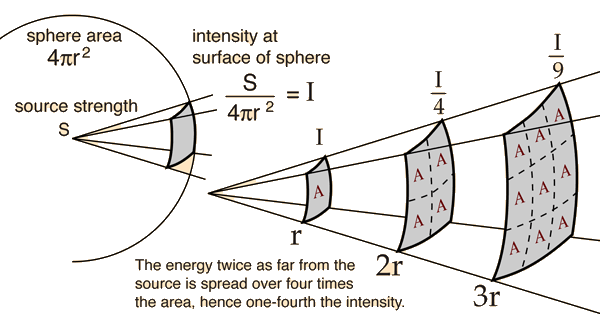
The System Status of Antennas: The "Technical Core" Determining the Boundaries of Communication Capabilities
In the "transmitter-feeder-antenna-space-antenna-feeder-receiver" link of a radio communication system, the antenna occupies a core "connecting" position. Its performance directly defines the system’s communication distance, coverage range, anti-interference capability, and application scenarios, and even serves as a "bottleneck breakthrough point" for some high-end technologies.
The "Determinant" of Communication Distance: Overcoming the Limitation of Energy Attenuation
When electromagnetic waves propagate in space, their energy attenuates rapidly with distance, and the antenna’s gain (a comprehensive indicator combining directivity and efficiency) is the key to counteracting this attenuation:
For short-distance communication (e.g., Bluetooth, WiFi): Low-gain omnidirectional antennas (such as the built-in FPC antennas in mobile phones) can be used, leveraging the energy advantage of close-range devices to achieve communication;
For medium-to-long-distance communication (e.g., base station coverage, microwave relay): Directional antennas with medium gain (such as the linear array antennas of base stations) are required. Through energy concentration, they increase the coverage radius (usually up to 1–5 kilometers);
For ultra-long-distance communication (e.g., satellite communication, deep-space exploration): High-gain planar antennas (such as parabolic satellite antennas with a gain of 30–40 dBi) must be used. These antennas compress energy into extremely narrow beams (with a half-power beamwidth of less than 1°), enabling them to cross spatial distances of tens of thousands of kilometers and ensure signals reach targets (e.g., geosynchronous satellites).
For example, in lunar exploration projects, the large-aperture parabolic antennas (with a diameter of up to 35 meters) used by ground measurement and control stations rely on extremely high gain to receive weak signals from lunar probes and send commands. This is a core capability that no other communication components can replace.
# The "Coordinator" of Electromagnetic Environment: Reducing Interference and Improving Spectrum Efficiency
With the development of wireless communication technology, electromagnetic signals in space have become increasingly dense (e.g., overlapping frequency bands of 2G/3G/4G/5G, signals from various IoT devices). The directivity of antennas has thus become the key to "avoiding interference and optimizing spectrum utilization":
- Base station communication: Through beam control of directional antennas (e.g., wide horizontal beams for cell coverage, narrow vertical beams to reduce upward radiation), mutual interference between signals from different base stations can be avoided, while the user capacity per unit spectrum is improved;
- 5G communication: Massive MIMO antennas (composed of dozens to hundreds of elements) use dynamic beamforming to accurately allocate energy to each user, realizing "beams following users". This not only enhances the communication rate of individual users but also avoids signal interference between users, increasing spectrum efficiency by 3–5 times compared with 4G.
Without the directional control of antennas, omnidirectionally radiated signals would overlap randomly in space, leading to wasted spectrum resources and a significant decline in the anti-interference capability of communication systems—which is also the core reason why modern communication has shifted from "omnidirectional coverage" to "directional and precise coverage".
Image from:electronics desk
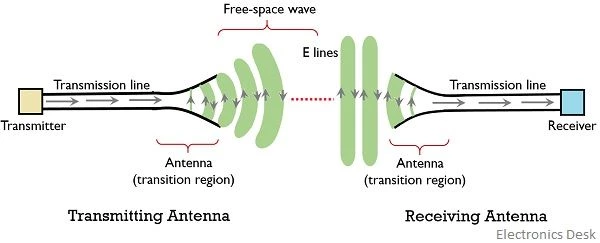
# The "Adapter" for Application Scenarios: Full-Scenario Coverage from Civilian to High-End Fields
Different application needs across industries impose differentiated requirements on the shape, frequency band, and directivity of antennas. The diversified design of antennas (e.g., classification by purpose, frequency band, and shape) serves as the foundation for achieving "scenario adaptation":
- Civilian field: TV antennas need to be compatible with UHF/VHF frequency bands (470–860 MHz) and adopt directional structures such as Yagi antennas to ensure stable signal reception from TV stations; mobile phone antennas require integrated multi-band (e.g., 700 MHz, 1800 MHz, 2600 MHz) and small-sized internal antennas to adapt to user mobility scenarios;
- Industrial and military fields: Radar antennas need to have narrow beams and fast scanning capabilities (e.g., phased array radars) to achieve long-distance detection and precise tracking of targets; antennas in the aerospace field need to withstand extreme environments (high temperature, low temperature, radiation)—for example, on-board antennas of satellites mostly adopt lightweight planar structures to ensure long-term stable operation in space;
- Special scenarios: Underground communication (e.g., in mines) requires low-frequency linear antennas, which use the diffraction capability of low-frequency electromagnetic waves to penetrate rock formations; maritime communication needs corrosion-resistant omnidirectional antennas to adapt to ship movement and complex sea conditions.
It can be said that the emergence of every new radio application scenario is accompanied by corresponding innovations in antenna technology. The technological iteration of antennas has directly promoted the expansion of radio communication from "terrestrial coverage" to "space-air-ground integration" (terrestrial, satellite, and UAV communication).
# Antennas: The "Cornerstone and Soul" of Radio Technology
In essence, an antenna is not only a "tool for signal transmission and reception" but also the only bridge "connecting devices and space" in a radio communication system, as well as a core technology that determines communication capabilities and expands application boundaries. Without the energy conversion and directional control of antennas, radio signals cannot break through the limitations of physical space; without diversified antenna designs, communication needs across different frequency bands and scenarios cannot be realized.
Against the backdrop of the rapid development of next-generation communication technologies such as 5G, the Internet of Things (IoT), and satellite internet, antenna technology is evolving toward the direction of "higher gain, more flexible beams, miniaturization, and multi-band integration" (e.g., 5G millimeter-wave antennas, phased array antennas for satellite communication). Its core position in communication systems will not be weakened; instead, it will become even more prominent. It will continue to serve as the "soul" of radio technology, supporting humanity in achieving broader, more precise, and more efficient spatial information transmission.
